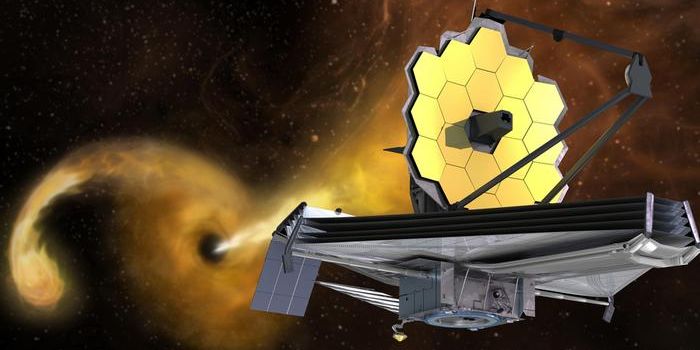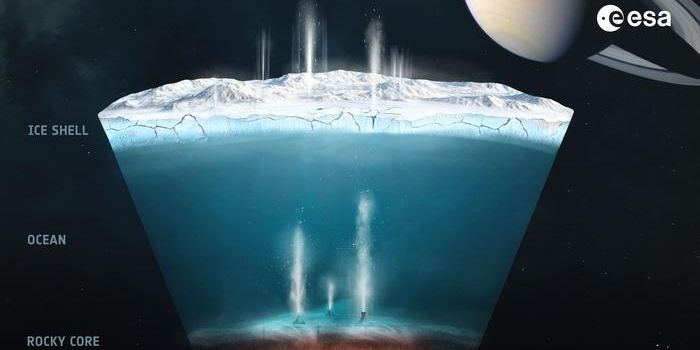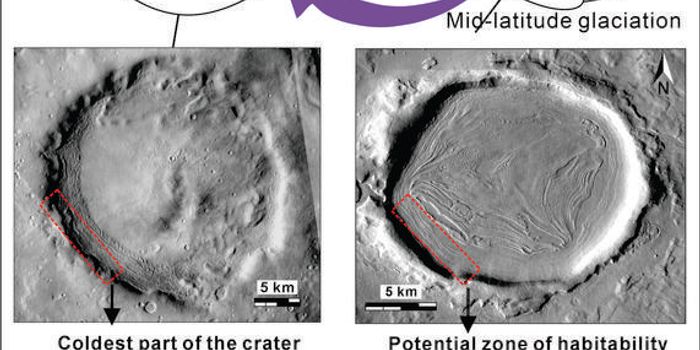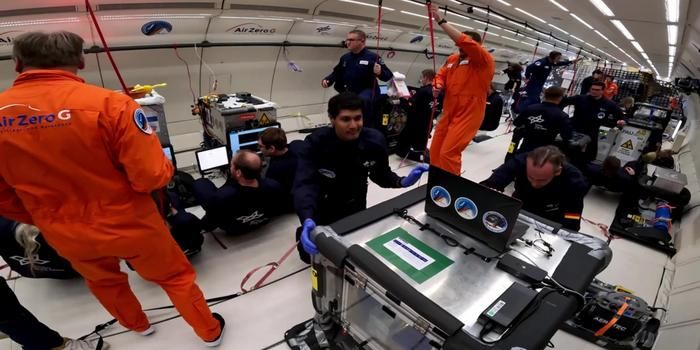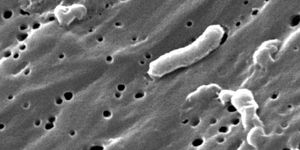Martian Rocks Show Signs of Long-Term Water Erosion
A new report in Nature has shown that water had a pivotal role in shaping the surface of Mars, just as the Perseverance rover has begun to analyze the surface of Jezero crater. Perseverance has been collecting samples that will be studied for evidence of life that may have once lived on Mars.
Igneous rocks gathered from Jezero crater, which was once the site of a lake, are thought to be made of lava that flowed from a Martian volcano.
“The idea that this could be a volcanic rock was really appealing to us from a sample return perspective because igneous rocks are great for getting accurate age dates. Jezero was one of the few ancient crater lake sites on Mars that seemed to have both incredible sedimentary deposits as well as volcanic deposits that could help us construct the geologic time scale of Mars,” said Katie Stack Morgan, the Mars 2020 Deputy Project Scientist and a research scientist at NASA’s Jet Propulsion Laboratory (JPL).
It's been estimated that a system of rivers and lakes that fed Jezero crater probably still held water about 3.7 billion years ago. Once samples are returned to Earth and analyzed with powerful instruments, they can be dated more accurately, and could tell us when Mars still had a habitable atmosphere.
Perseverance has a whole suite of tools of its own. The abrasion tool can scratch the surface of rocks to assess their textures and learn more about its composition. This work has already indicated that igneous rocks make up the floor of the crater, along with various salts and coarse igneous minerals. The crater's appearance suggests that it was weathered and changed significantly by water, which is now thought to have occurred over a long period of time.
Another onboard tool is a sample-collecting drill. The first attempts were challenging; it seems that the sample was destroyed by the drill during collection. The researchers thought that the rock was too delicate from sustained interactions with water.
After using its on-board tools to analyze characteristics of the crater floor, the next phase was for Perseverance to collect a rock sample using its drill feature. However, after Perseverance completed its first attempt at drilling, the core sample tube came up empty. The team looked for another area where they could drill a samples from a tougher rock. Perseverance was then able to obtain two core samples from the rock, which will eventually be part of a multi-step passage onto a craft that can return the sample to Earth. That could happen sometime in the 2030s.
These rocks could potentially harbor signs of ancient microbial life.
“The rocks of the crater floor were not originally envisioned as the prime astrobiology target of the mission, but Mars always surprises us when we look up close. We are excited to find that even these rocks have experienced sustained interaction with water and could have been habitable for ancient martian microbes,” said Stack Morgan.
Sources: Nature, Geological Society of America


